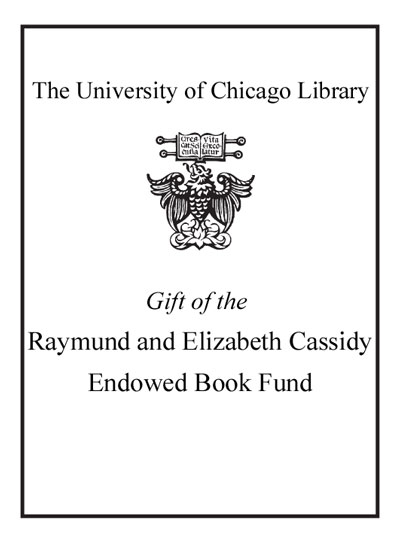Review by Choice Review
One of the most profound transformations to occur in the course of human evolution was the development of a pastoral culture and the associated domestication of stock animals, which first appeared in the Fertile Crescent as early as the tenth millennium BCE. This transition from a hunter-gatherer society to a herding-agrarian lifestyle had profound effects on the subsequent course of human history, both cultural and biological. This interesting work explores the spatial and temporal dynamics of animal domestication. Contributors examine several controversial and competing theories, based on evidence available in the zooarchaeological record. In considering the spread of animal domestication across Asia and Europe, the book focuses on four species: cattle, sheep, goats, and pigs. The relative value of each species varies regionally, largely dependent on local environmental and cultural differences, including the importance of stock animals for food compared to ritual use, and the intrinsic value of primary (meat, bone, marrow, hide) and secondary (milk, wool) products. Although details vary considerably from chapter to chapter, the text is largely accessible to nonspecialists and will be a valuable resource for students of archaeology, prehistory, human evolution, and animal science. Summing Up: Recommended. Upper-division undergraduates, graduate students, and researchers/faculty. D. A. Brass independent scholar
Copyright American Library Association, used with permission.
Review by Choice Review

